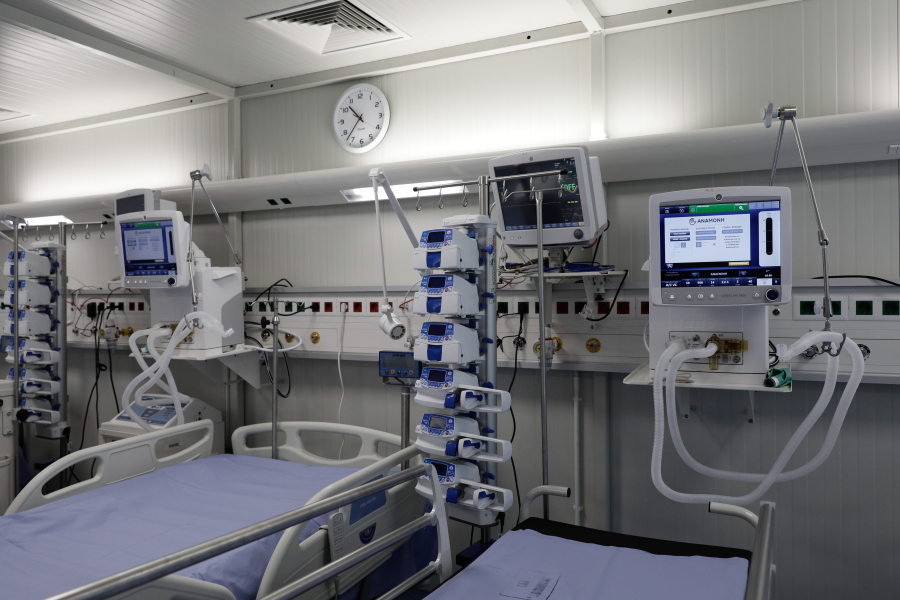
Many people – up to one in five – who survive cardiac arrest with CPR can later describe near-death experiences that occurred when they were unconscious and about to die.
This was revealed by a new multicenter scientific clinical study (AWARE II – AWAreness during REsuscitation) conducted in the USA and Britain and presented on Sunday at the American Heart Association Cardiology Conference in Chicago.
The researchers, led by the world’s leading expert on near-death experiences, Dr. Sam Parnea, assistant professor at New York University School of Medicine and Langone Health Medical Center, studied 567 people whose hearts had stopped beating. Hospitals and those who underwent CPR between 2017-2020. Despite immediate intervention, less than 10% of patients recovered enough to be discharged from hospital.
Of these, about 20% had some type of apparent NDE to tell later. Among other things, they reported a perception of separation from their own body, a separate observation of events in themselves without feeling pain, a more positive internal evaluation of their life and attitude towards others, etc. These experiences are different from hallucinations, delusions, or dreams, the researchers said.
The brain study also showed increased activity with gamma, delta, theta, alpha, and beta brain waves up to one hour after CPR was applied. Some of these waves occur under normal circumstances when people are naturally conscious and performing higher mental functions such as thinking, memory, and cognition.
“These experiences and brainwave changes could be the first signs of a so-called near-death experience, and we first discovered them in a large study. Our findings provide evidence that while near death and in a coma, some people experience A unique inner conscious experience, including awareness without feeling bad.”
He added that this clear and intense brain activity, combined with NDE stories, suggests that the human sense of self and awareness, like other biological bodily functions, may not stop completely near the moment of death.
“These apparent experiences cannot be considered a ‘trick’ of a restless or dying brain, but rather a uniquely human experience that appears on the cusp of death. When the brain ‘closes’, many of its natural inhibition systems also shut down. This provides access to the depths of a person’s consciousness, including Stored memories, ideas from early childhood, and other aspects of reality “Although no one knows the evolutionary purpose of this phenomenon, it is clear that it raises difficult questions about human consciousness, even in death,” Parnia said.
The researchers noted that although studies to date have not been able to fully substantiate the truth or meaning of these patients’ experiences and their claims of awareness of death, it has also proven impossible to refute these claims and experiments. So they stressed the need for NDEs to undergo more unbiased research.

“Hipster-friendly coffee fanatic. Subtly charming bacon advocate. Friend of animals everywhere.”





More Stories
Al-Sharq Al-Awsat: Israeli missile attack on Iran, according to ABC
Incidents in Colombia: Dozens of pro-Palestinian student demonstrators were arrested
Witnesses against Boeing: 'I'm here because I don't want to see a 787 or a 777 crash'